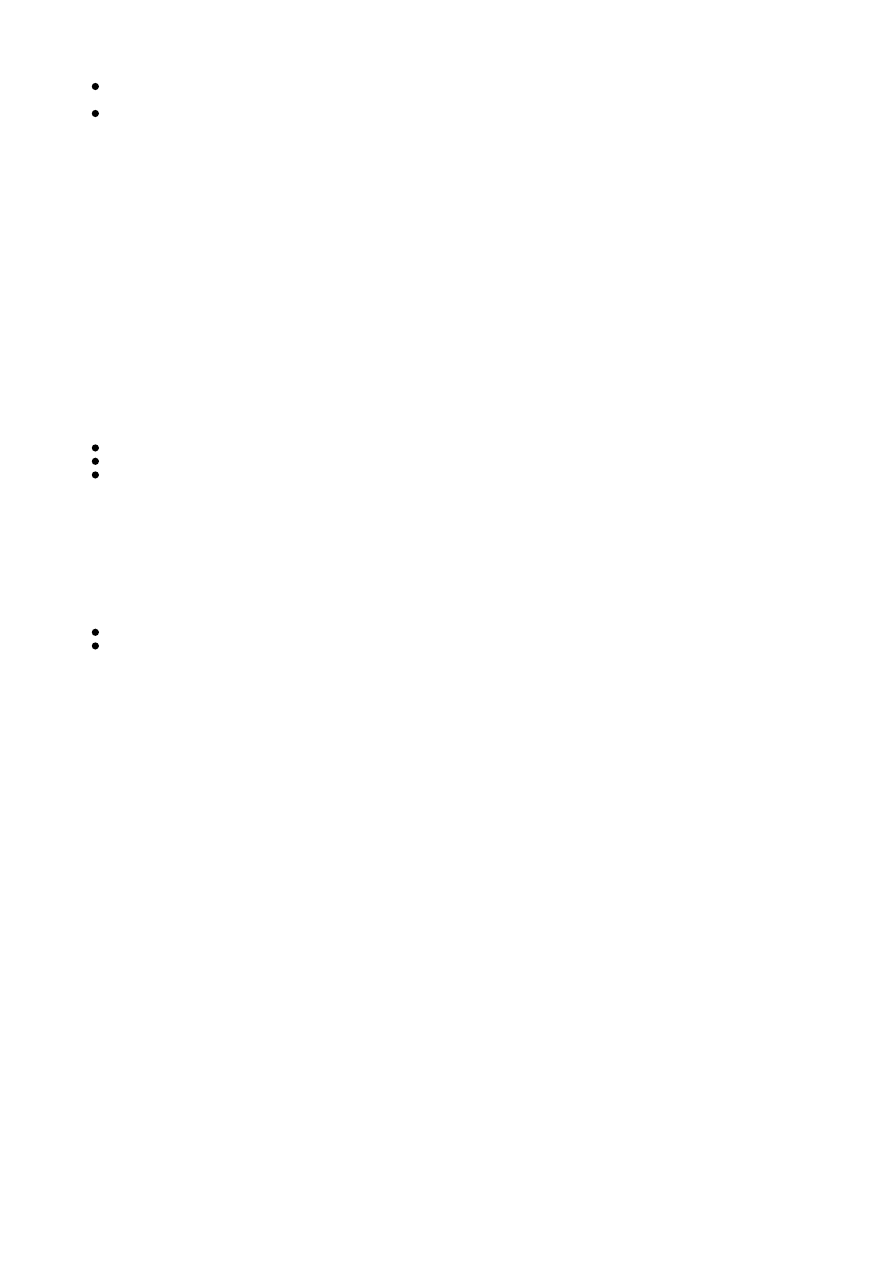Frelander 2. Manual - part 439

start failure or flameout, and decreased by one if a subsequent start is successful. If the event timer increases to
three (over any number of drive cycles), the control module enters the error lockout mode.
Heat exchanger casing overheat: To protect the system from excessive temperatures, the control module enters
the error lockout mode if the heat exchanger coolant temperature exceeds 125 °C (257 °F).
Battery voltage out of limits: Error lockout will occur if battery voltage falls below 10.25 or rises above 15.5 volts.
The error lockout mode can be cleared using the Land Rover approved diagnostic system, or by disconnecting the battery
power supply for a minimum of 10 seconds.
Remote Operation - Vehicles from 2009MY with FFBH Remote Control
The 868.3 MHz Radio Frequency (RF) signals transmitted by the remote handset are received by the DAB/FFBH antenna
located in the LH rear side window. The signals received by the antenna are detected by the FFBH receiver. A 'handshake'
signal is sent back from the receiver to the handset to confirm a valid on or off request and activate the handset LED
accordingly. The receiver processes the signal it received and transmits the appropriate signals via a dedicated bus to the
FFBH control module.
• NOTE: The ‘handshake’ signal only confirms handset-receiver communications were successful, and not that the FFBH has
turned on.
When the FFBH is activated by the remote handset, the FFBH control module will allow the FFBH to operate for 30 minutes
or until an off request is received from the remote handset or CJB. During the 30 minute period, the FFBH may operate in
either full load combustion, part load combustion or a controlled idle phase of operation, depending on the temperature of
the coolant in the heat exchanger.
Pre-burn Thresholds
The FFBH unit will only activate remotely if the following threshold conditions are met:
Pre-burn battery voltage check: ≥11.5V (voltage at FFBH terminals)
Pre-burn coolant temperature check: ≤15°C (internal FFBH measurement)
Pre-burn fuel level check: ≥7.5 liters (value stored in FFBH at ignition off)
The fuel level value stored within the FFBH unit is only updated when the engine is running. When starting the FFBH via
remote control with the engine off, the fuel level value used in the FFBH calculations will be that stored at the last key off
event. It is therefore possible for the FFBH to fail to operate remotely if the engine was stopped with a low fuel level; if
the fuel tank is subsequently refuelled, the FFBH stored fuel level will still read low if the engine has not been started
since refuelling.
If the FFBH does not activate due to low battery voltage or low fuel level, the FFBH control module transmits a message is
passed on the medium and high speed CAN buses, via the CJB to the instrument cluster message center which will display
one of the following messages at ignition on:
AUXILIARY HEATER UNAVAILABLE LOW FUEL
AUXILIARY HEATER UNAVAILABLE LOW BATTERY.
If both low fuel and low battery voltage messages are valid, the instrument cluster message center will alternate between
the two messages.
Remote Control ‘Park Heat’ to ATC ‘Supplementary Heat’ Transitions
• NOTE: The FFBH can still be activated by the ATC module as previously described
If the FFBH has been operated remotely (‘park heat’) and the vehicle is started whilst the FFBH is still active, it will
transition into the ATC-controlled ‘supplementary heat’ mode if the ATC requests it.
Should the ATC then send a message to the FFBH to turn off, the FFBH will remain active if 30 minutes has not yet
elapsed from the original remote control ‘park heat’ request. Once the remainder of 30 minutes has elapsed, the FFBH will
turn off.
Switching Point Temperatures
When remotely started the FFBH uses a different set of switching point temperatures to the normal ‘supplemental heat’
mode. This is because the remote start feature can start the FFBH with the engine off – thus different thresholds are
required to optimise the heating of the engine coolant.
Switching Point Temperatures